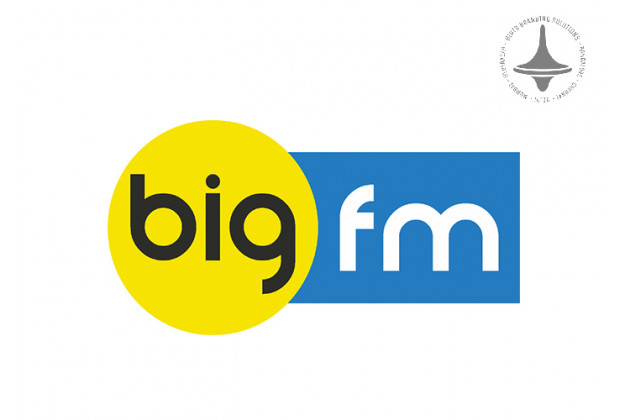Modern Commercial Direction | Strategic Advertising | Digitally

In the ever-evolving world of advertising, modern commercial direction has emerged as a sophisticated blend of creative artistry and strategic communication. Today’s commercial directors are not just filmmakers — they are brand storytellers, visual architects, and marketing tacticians who craft campaigns that resonate deeply with audiences while meeting clear business goals.
The Evolution of Commercial Direction
Traditional commercials were often straightforward — catchy
jingles, smiling actors, and a direct call to action. But the digital age
brought a shift. With audience attention spans shrinking and competition
increasing, the demand for emotionally engaging, cinematic-quality content has
surged.
Modern commercial directors now wear multiple hats. They
must:
- Understand
brand identity and market positioning
- Craft
compelling narratives that align with campaign objectives
- Utilize
advanced production techniques
- Collaborate
closely with marketing and creative teams
- Adapt
content for multi-platform delivery (TV, digital, social media)
This convergence of creativity and strategy is what sets
modern commercial direction apart.
The Artistic Side: Storytelling and Visual Language
At its core, commercial filmmaking is an art form. The
visual tone, pacing, color palette, and sound design all contribute to the
storytelling. Today’s directors draw inspiration from cinema, photography, fine
arts, and even social trends to shape their vision.
For example, a luxury perfume ad might feel like a short
film, evoking mood and emotion through minimal dialogue and stunning visuals. A
tech brand might adopt fast cuts, dynamic camera movement, and bold typography
to mirror innovation and energy.
The director’s job is to align the visual identity of
the commercial with the emotional goals of the brand.
The Strategic Side: Data, Marketing, and Brand Objectives
Art without strategy is just expression — but in
advertising, every creative decision must serve a purpose. Modern commercial
directors must align with:
- Target
audience insights
- Key
performance indicators (KPIs)
- Brand
voice and values
- Media
planning strategies
This requires a close collaboration with advertising
agencies, creative directors, and brand managers. A
successful commercial isn’t just beautiful — it drives conversions, builds
brand awareness, and reinforces brand loyalty.
Blending the Two: A Modern Commercial Director's
Superpower
The real magic happens when art and strategy converge
seamlessly. For instance:
- A social
campaign for a sustainable fashion brand might use a documentary-style
approach to build trust and authenticity.
- A sports
shoe commercial could blend real athlete stories with cinematic
slow-motion shots to inspire and connect emotionally.
- A mobile
app promotion might incorporate humor, user scenarios, and motion
graphics to deliver clarity and engagement in under 30 seconds.
In each case, the director's ability to balance visual
innovation with a clear strategic goal determines the success of the campaign.
Why This Matters for Brands Today
In a crowded marketplace, creative differentiation is
key — but creativity alone isn't enough. Today’s consumers are discerning. They
crave authenticity, relevance, and value. A modern commercial that successfully
blends aesthetic appeal with strategic intent can:
- Increase
ad recall and engagement
- Build
stronger emotional connections
- Boost
campaign ROI
- Strengthen
long-term brand equity
Final Thoughts
Modern commercial direction is no longer just about “making
ads.” It’s about creating immersive brand experiences that entertain, inform,
and inspire. By fusing the artistry of filmmaking with the precision
of strategic thinking, today’s commercial directors are shaping the future
of advertising — one powerful frame at a time.
Elyts Advertising and Branding Solutions | www.elyts.in (India) | www.elyts.agency (UAE)






















Leave a Comment